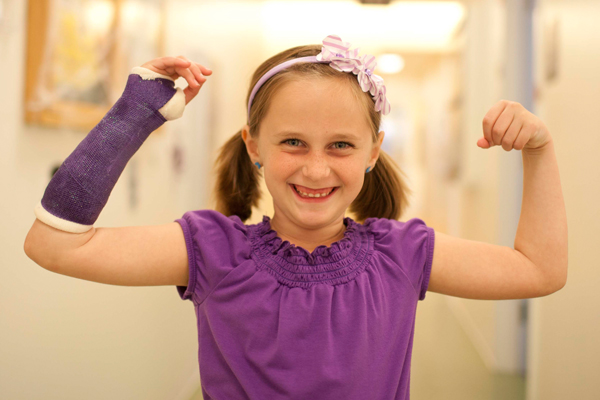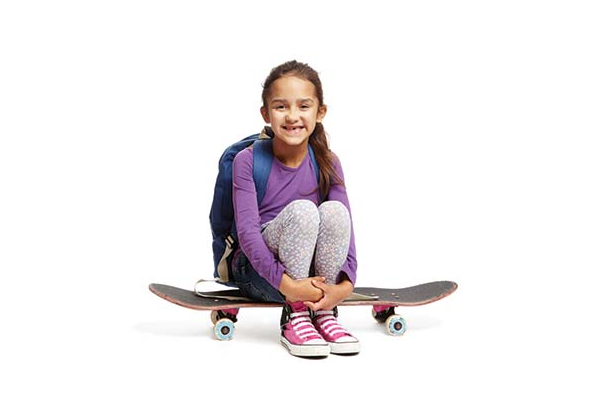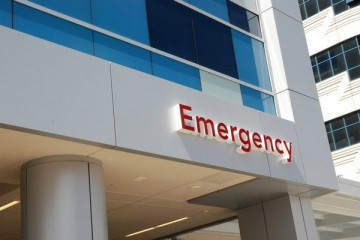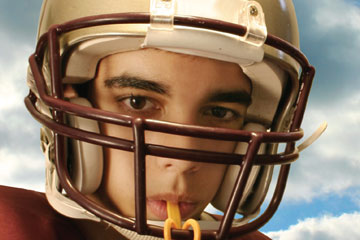THE LONG AND SHORT OF IT
When a child takes a fall, they may impact their growth plate. What is it? “It’s a [developing] area of the long bone, like the femur or tibia that contributes to the length of your body,” says Dr. Francois Lalonde. Located close to a joint, including the hip, knee or ankle, the growth plate remains open until age 15 for girls and age 17 for boys.
PROTECTIVE GEAR
“Wrists splints in skateboarding and certain roller skating activities would prevent a lot of fractures, especially growth plate fractures,” says Dr. Lalonde. “It only takes a few minutes to put on, doesn’t limit the enjoyment of the activity and can go a long way in preventing a fracture. And when trotting on the trampoline, to avoid crashes, there should only be one child on at a time.”
IS IT BROKEN?
If it looks crooked or there’s a significant amount of swelling, you may be dealing with a broken bone, says Dr. Lalonde. “In general, if you touch the bone and your child jumps from the pain, you should get an X-ray,” he says, adding that some fracture patterns are pretty subtle and go unnoticed for several days.
If it seems like a mild injury, parents can:
- Apply ice
- Provide a temporary splint
- Check-in with primary doctor the next day
FAST FACTS
- The length of time that it takes for a growth plate fracture to heal: 3 to 6 weeks
- The percentage of childhood injuries that affect the growth plate: 15-30%
- The number of children 14 and under treated in the ER for trampoline related injuries: 80,000


















